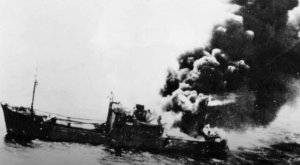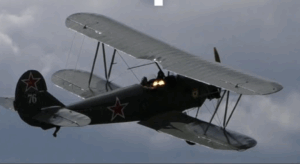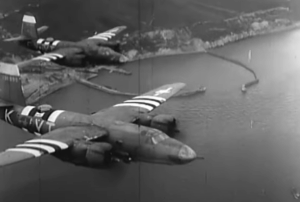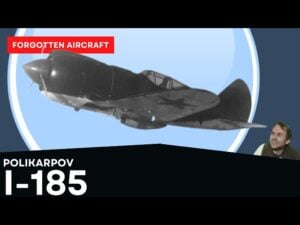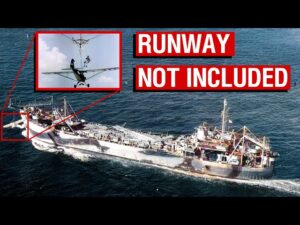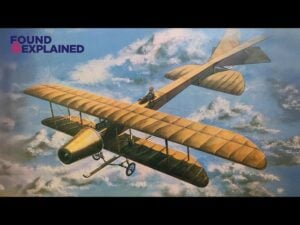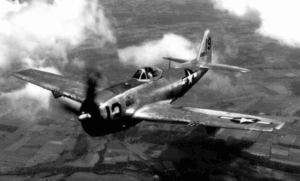What If a Modern Aircraft Carrier Traveled Back to 1941 Pearl Harbor?
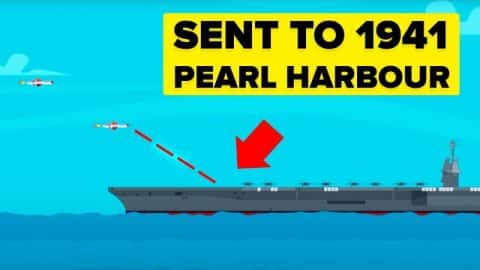
YouTube / The Infographics Show
Imagine a modern aircraft carrier suddenly transported back to December 7, 1941—right as the infamous attack on Pearl Harbor unfolds. How would one of today’s most advanced warships change the course of history? Could it stop the attack, or would the sheer scale of Japan’s assault be too overwhelming?
Attack on the Way
At 7:02 AM, a radar station in Oahu detected several unidentified aircraft approaching Pearl Harbor. Initially mistaken for a squadron of B-17 bombers from California, these planes were, in fact, the first wave of a devastating Japanese assault.
This attack force—about 200 aircraft strong—was a lethal mix of fighters and torpedo bombers, all aiming to cripple the U.S. Pacific Fleet before it could retaliate.
The U.S. Secret Weapon
But what if, instead of an unprepared fleet, the Japanese pilots found themselves facing the USS Gerald R. Ford? At 1,100 feet long, this nuclear-powered carrier is the largest warship ever built. It boasts a formidable arsenal, including RIM-116 Rolling Airframe Missiles, Phalanx Close-In Weapon Systems, and high-powered laser defenses.
WWII-era aircraft carriers couldn’t compare to the Ford’s size, firepower, or technology. Even the USS Saratoga, one of the largest U.S. carriers at the time, would pale in comparison. Despite its massive size, the Ford can hit speeds of 30+ knots (about 35 mph)—matching the fastest carriers of WWII.
A Stealthy, High-Tech Powerhouse
Unlike the vulnerable carriers of 1941, the USS Gerald R. Ford has another edge: stealth. Built with radar-evading features, it would be nearly impossible for Japan’s outdated detection systems to locate. Even submarines and reconnaissance planes would struggle to track its movements.
If enemy aircraft did manage to find it, they’d face an unprecedented level of air defense. The Ford’s Mk. 41 vertical launch system can fire advanced missiles capable of intercepting high-speed threats, including WWII planes and anti-ship weapons. And if missiles weren’t enough, its high-energy lasers could take down incoming threats with pinpoint accuracy.
Could It Change History?
With all this advanced technology, could the USS Gerald R. Ford single-handedly turn the tide at Pearl Harbor? It’s complicated. Japan’s first wave included 183 planes, with 163 more following an hour later. Even with its cutting-edge defenses, the Ford would struggle to intercept such a massive assault alone.
However, where it could make a difference is in retaliation. The Ford can launch up to 90 aircraft—far more than any WWII carrier. If deployed early enough, these modern jets could neutralize the Japanese fleet before it had the chance to launch a second wave, potentially altering the course of the war entirely.
One thing is certain: if the USS Gerald R. Ford had been at Pearl Harbor that fateful morning, history might have taken a very different turn.














